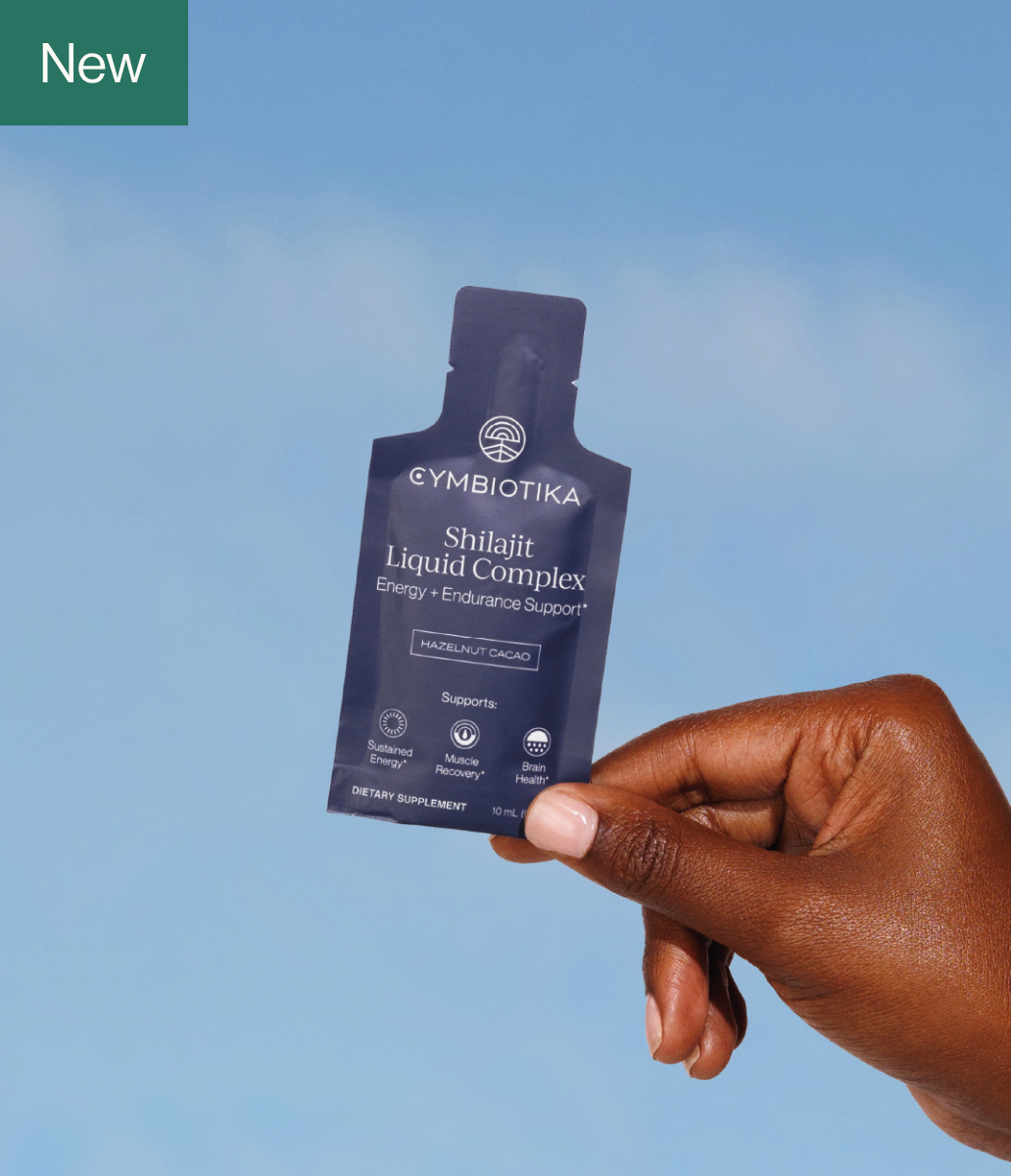Table of Contents
- Introduction
- Understanding Cardio: The Basics
- Types of Cardio for Weight Loss
- How Much Cardio is Enough for Weight Loss?
- Combining Cardio with Strength Training
- The Role of Diet in Cardio and Weight Loss
- Conclusion
- Frequently Asked Questions (FAQs)
Introduction
Have you ever wondered why some people seem to lose weight effortlessly while others struggle despite putting in hours at the gym? The answer often lies in the type of cardiovascular exercise they choose. Cardio, short for cardiovascular exercise, is essential not just for weight loss but also for overall health and fitness. It can elevate our heart rate, improve cardiovascular health, and help us burn calories.
But with so many different forms of cardio available, how do we determine what type of cardio is best for weight loss? From high-intensity interval training (HIIT) to steady-state jogging, each method has its unique benefits and challenges. In this blog post, we will dive deep into the world of cardio, exploring various types, their effectiveness for weight loss, and how to integrate them into our fitness routines effectively.
By the end of this article, you will have a comprehensive understanding of how to approach cardio for optimal weight loss results. We’ll also touch on how Cymbiotika’s science-backed supplements can support your fitness goals along the way. Let’s embark on this journey together to uncover the most effective cardio strategies for weight loss!
Understanding Cardio: The Basics
Cardio encompasses any exercise that raises your heart rate and keeps it elevated for a sustained period. This can include running, cycling, swimming, dancing, and even brisk walking. Essentially, cardio workouts are designed to improve the efficiency of your cardiovascular system—enhancing your heart's ability to pump blood and increasing your lungs' capacity to deliver oxygen to the body.
The Science of Calories and Weight Loss
At its core, weight loss is about creating a calorie deficit—burning more calories than we consume. Cardio can be a powerful tool in this equation, as it helps us burn calories both during and after exercise. The number of calories burned depends on several factors, including the type of cardio, intensity, and duration.
When we engage in cardio, our bodies utilize different energy systems, leading to varying amounts of calorie expenditure. Understanding these systems can help us choose the right type of cardio for our specific goals.
Types of Cardio for Weight Loss
1. High-Intensity Interval Training (HIIT)
HIIT has gained popularity in recent years and for a good reason. This method involves short bursts of intense exercise followed by brief recovery periods. The beauty of HIIT is that it can be completed in a shorter amount of time while still burning a significant number of calories.
Benefits:
- EPOC Effect: The afterburn effect from HIIT means your body continues to burn calories post-workout as it recovers.
- Time Efficiency: HIIT workouts can often be completed in 20-30 minutes.
- Muscle Preservation: HIIT can help preserve muscle mass while burning fat.
How to Implement: Start with two to three HIIT sessions per week, incorporating exercises like sprinting, jumping jacks, or kettlebell swings.
2. Steady-State Cardio
Steady-state cardio involves maintaining a consistent intensity over a longer duration, such as jogging at a steady pace for 30-60 minutes. While it may not have the same post-workout calorie burn as HIIT, it is effective for improving endurance and can be easier on the joints for some individuals.
Benefits:
- Sustainability: Many people find it easier to maintain a steady pace, making it more enjoyable.
- Endurance Building: Steady-state cardio improves aerobic capacity, which can enhance overall fitness.
How to Implement: Aim for three to five sessions of steady-state cardio each week, focusing on activities like running, cycling, or swimming.
3. Low-Intensity Steady State (LISS)
LISS is a form of steady-state cardio performed at a lower intensity, typically around 50-65% of your maximum heart rate. Examples include walking or leisurely cycling. This type of cardio is particularly suitable for beginners or those looking to recover from more intense workouts.
Benefits:
- Joint-Friendly: LISS is easier on the joints and can be sustained for longer periods.
- Fat Oxidation: A higher percentage of fat is burned during LISS compared to higher-intensity workouts.
How to Implement: Incorporate LISS sessions into your routine, aiming for 30-60 minutes at a comfortable pace.
4. Circuit Training
Circuit training combines strength and cardio by performing a series of exercises in a sequence with minimal rest. This method can elevate your heart rate while also building muscle, making it a comprehensive workout.
Benefits:
- Efficiency: You can achieve both strength and cardio benefits in one session.
- Variety: Incorporating different exercises keeps workouts interesting.
How to Implement: Design a circuit that includes both strength and cardio exercises, such as squats, push-ups, and jumping jacks, and perform them in succession.
How Much Cardio is Enough for Weight Loss?
While cardio is effective for weight loss, the amount needed varies based on individual goals, fitness levels, and preferences. Experts generally recommend:
- 150 minutes of moderate-intensity cardio per week for general health.
- 300 minutes or more for significant weight loss.
To start, we can aim for 30 minutes of moderate cardio five days a week, adjusting as needed based on our progress and comfort levels.
Combining Cardio with Strength Training
While cardio is an essential component of weight loss, it is equally important to integrate strength training into our routines. Strength training helps build muscle, which in turn boosts metabolism and aids in fat loss.
At Cymbiotika, we believe in a holistic approach to wellness that includes a balance of cardio and strength training, fuelled by our science-backed supplements. These formulations can provide the nutrients necessary for optimal performance and recovery, ensuring that we support our bodies during our fitness journeys.
The Role of Diet in Cardio and Weight Loss
While cardio is a powerful tool for weight loss, it must be combined with a healthy diet for optimal results. Consuming nutrient-dense foods and maintaining a calorie deficit will enhance the effectiveness of our cardio workouts.
Here are some dietary tips to support our cardio efforts:
- Prioritize Whole Foods: Focus on fruits, vegetables, lean proteins, and whole grains.
- Stay Hydrated: Drink plenty of water before, during, and after workouts.
- Consider Supplementation: Our high-quality supplements can help fill nutritional gaps, providing the energy and recovery support we need to maximize our workouts.
Conclusion
As we’ve explored, the question of what type of cardio is best for weight loss does not have a one-size-fits-all answer. Each method has its unique benefits and can be incorporated into our routines based on our individual preferences and goals.
By combining different types of cardio, integrating strength training, and maintaining a balanced diet, we can create a well-rounded fitness plan that promotes weight loss and overall health. At Cymbiotika, we are committed to supporting our community in achieving their wellness goals through transparency, quality, and science-backed supplementation.
Let’s take control of our health together! If you’re curious about which supplements may best support your fitness journey, we encourage you to take our AI quiz to discover personalized recommendations tailored to your needs.
Frequently Asked Questions (FAQs)
Is cardio necessary for weight loss?
While cardio can aid in burning calories and promoting weight loss, it is not strictly necessary. A combination of strength training and a healthy diet can also lead to effective weight loss.
How often should I do cardio for weight loss?
Experts generally recommend at least 150 minutes of moderate-intensity cardio per week, but this can vary based on individual goals and fitness levels.
Can I do cardio every day?
Yes, but it’s important to listen to our bodies and allow for rest and recovery, especially if we’re engaging in high-intensity workouts.
What is the best time to do cardio?
The best time to do cardio is when it fits into our schedule and we feel most energized. Some prefer to do cardio in the morning, while others find it easier to fit it into their evenings.
Can I lose weight with just cardio?
While cardio can help with weight loss, combining it with strength training and a healthy diet is generally recommended for the best results.
By understanding the various types of cardio and how they can fit into our overall fitness plans, we can make informed choices that align with our personal health goals. Let’s embrace this journey together, focusing on sustainable practices that lead to lasting results!
*These statements have not been evaluated by the Food and Drug Administration. This product is not intended to diagnose, treat, cure, or prevent any disease.























